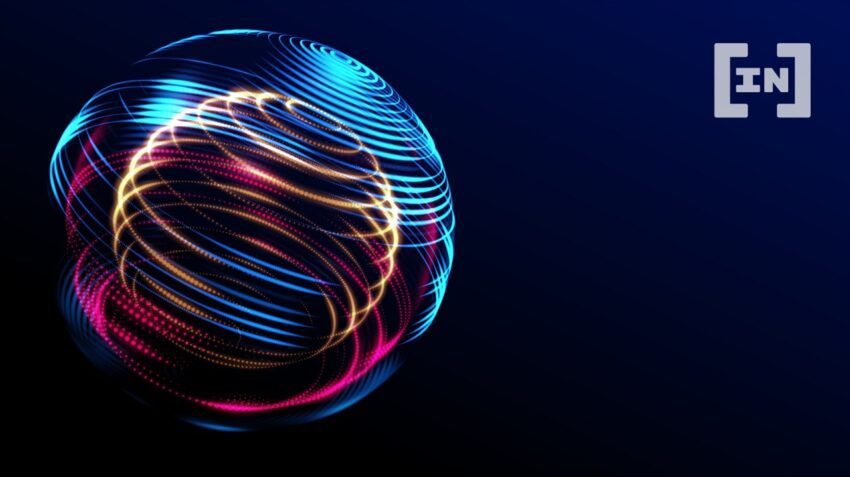Start-ups are getting a whole new form in Web3. If you’re not the CEO of a company, there’s nowhere you have more control over what, who and how you work on something than in a DAO, says Spencer Graham, core contributor at DAOhaus.
So you are a startup founder and the Decentralized Autonomous Organizations (DAOs) have caught your attention. You may want to avoid a strong power gap between you and your work colleagues. Or maybe you are also enthusiastic about the value that can arise from bottom-up decisions and collective action.
Start-ups can structure themselves as DAO
Whether your start-up is just in the initial phase, has been around for a few years, or is already an established company with a desire for innovation, in each of these cases a DAO will be the right thing for your project and your community.
A DAO is a new type of organization without central leaders. Here the focus is on the users and the community, after all, they carry the project. But what does it actually mean to be a DAO?
These are three questions you should ask yourself if you are thinking about designing your start-up as a DAO.
1. What do you want to build?
Does the success of your project depend on the strength of your community and is it needed for the success of your project? Do you want to build protection against unwanted control by external instances? Should the ownership rights to the project be divided? Do you want to integrate Web3 technologies such as NFTs or DeFi into your project?
If you can answer “yes” to one of these questions, then a DAO may be the right one for you.
Organizations such as consulting companies, agencies and law firms are very well suited for structuring as a service DAO, for example, because the property rights have already been divided up. Members join together to provide services to customers as a collective. Such a restructuring will give these organizations more ownership, which in turn will lead to better customer results.
Non-profit organizations become philanthropic DAOs and take on social responsibility on the Web3. The use of such structures allows these organizations to attract a larger number of stakeholders, which entails a more effective allocation of resources.
Product-oriented companies become product DAOs. In doing so, users become stakeholders and can thus ensure that a product continues to meet customers and their needs.
2. How does a DAO help my start-up achieve goals?
Due to their decentralized nature, DAOs are more community-oriented than profit-oriented. However, people are more committed to a cause when they can be part of it themselves.
A DAO structure can help attract more talented employees. Many employees leave the Web2 area and take jobs in the Web3, because the higher autonomy has an attractive effect. Nothing gives you more freedom of choice than a DAO when it comes to your work, the composition of your team and your approach. Of course, this only applies as long as you are not the CEO of a company.
While in traditional companies the decisions about things like salaries are made by a few at the top, in DAOs these responsibilities lie with the members. This creates an inclusive and more satisfying work environment.
As a DAO, your start-up is also more resilient. The bottom-up structure reduces the potential for errors of individuals, and significant internal changes do not affect members. DAOs are also more adaptable than traditional structures. These organizations make it possible to structure and understand large accumulations of ideas faster by allowing participants to take several paths in parallel. In case of uncertainties, conclusions can be drawn more reliably or results can be obtained.
A DAO structure helps start-ups to focus better on a project. Thanks to the modular, open-source nature of a DAO ecosystem, you can delegate necessary but less important tasks to service DAOs or the constantly improving DAO tools.
 A picture of BeInCrypto.com
A picture of BeInCrypto.com
3. Where should I start?
If you are considering designing your company as a DAO at some point, it is best to do this from the very beginning. Restructuring a centralized project is much more complex than making it decentralized from scratch. If you implement this early enough, you can also build decision-making processes and measures in a non-hierarchical way in a lower-risk environment.
If your start-up consists of only a few people, you might want to use a multisignature wallet. However, if you expect your company to grow to more than 10-15 people, a multisig wallet can quickly become unwieldy and you’d better switch to a scalable DAO structure.
It is best to use a scalable DAO framework from the very beginning. This flexibility helps to make rapid progress right at the beginning and to scale at the same time. Later, you don’t need to worry about migrating a new framework.
The Moloch DAO framework, for example, can imitate a multisignature wallet in the initial phase, but can then be easily scaled with the project. Other frameworks are Colony, Aragon and 1Hive Gardens.
In general, you should provide your DAO with permissions from the beginning. So you can share the power away from you and other founders and at the same time maintain a Hihgh signal environment in which you can move quickly.
Once the project has grown and a solid corporate culture and governance foundation has been created, you can relax the approval requirement and allow the community to participate in the project. The approval of the members of the core community is not necessary.
DAO Start-ups: The time is right
Each company starts with slightly different rules, structures, tools and practices depending on its own goal. In this sense, each DAO will also be slightly different, using different platforms for its tools, structuring governance in its own way and creating its own guidelines for the community.
This concept is still quite young, so there is no fixed structure on how to start a DAO. There is no established set of rules or a formula to rely on.
At this moment there is a chance to learn collectively and build common knowledge by analyzing our own approaches and thereby learning how DAOs can work for us. The more we experiment in this area, the more data we can collect about the best practices for running a DAO.






